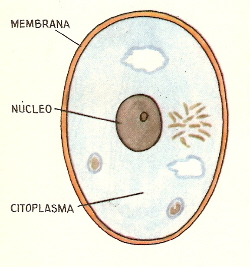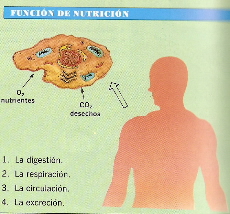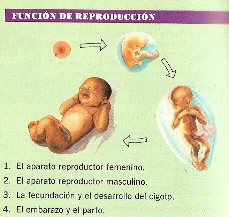5. Organs
They are formed by different tissues and each organ makes a different act. For example: the organ of the eye makes the act of seeing, the muscle makes movements, other organs are the heart, lung, stomach, inner ear, etc.
 |
6. Systems
Organs are grouped to form different systems. The work that they do is called function.
For example: the function of body movement is performed thanks to the work of the skeleton and muscles (musculoskeletal system).
The nutritive function involves the mouth, stomach and intestines (gastrointestinal tract).
|
7. Indicate if the following words are organs or systems:
The eye |
|
The musculoskeletal |
|
The gastrointestinal |
|
The heart |
|
The inner ear |
|
8. Functions
Since man is a living being, he makes vital functions. They are three:
- The nutrition function, which has the mission to make available to the cells of the body the food molecules and the oxygen. It also throws out waste elements. The systems of this function are: digestive, respiratory, circulation and excretory.
- The interaction function, man connects with the external environment. It contains the nervous system, the endocrine system, sense organs, muscles and bones.
- The reproduction function, man creates descendants. It involves the female reproductive tract (ovary and egg cells) and the male reproductive tract (testicle and sperm)
9. Answer with the correct function: nutrition, interaction or reproduction
The heart |
|
The skeleton |
|
The ovary |
|
The eye |
|
The stomach |
|
The muscles |
|
The testicles |
|
The lungs |
|
| Educational applications |
Natural sciences |
In Spanish | Interactive |
®Arturo Ramo García.-Record of intellectual property of Teruel (Spain)
No 141, of 29-IX-1999
Plaza Playa de Aro, 3, 1º DO 44002-TERUEL




